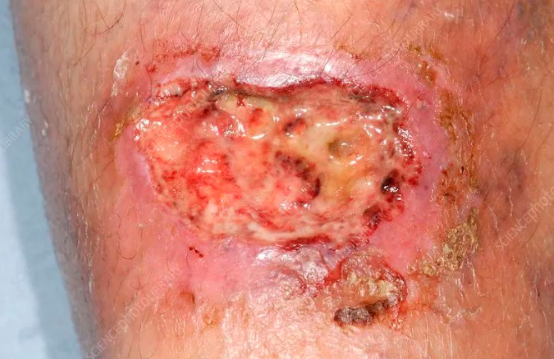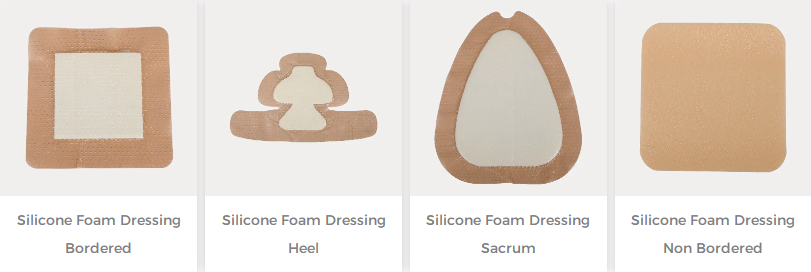When we have a very serious open wound, it is usually accompanied by a lot of exudates, which is also called a purulent drainage wound. The texture, color, and smell are used to identify the degree of infection of the wound. If your wound is healing normally, you need to know what types of fluid your wound may ooze normally and which ones need to be checked. Follow me to take a look.
What is purulent drainage?
Normal purulent discharge is a thick milky white texture, but if the purulent discharge is yellow, green, or brown, and has a pungent strong smell, it is mostly accompanied by bacteria. If the number of fluids increases A change in consistency may become purulent, indicating an unhealthy or infected wound.
Causes of draining pus:
When the body is injured, the body sends white blood cells and other components to start the healing process and kill any incoming bacteria. These ingredients form a protective layer around the wound. When bacteria penetrate this barrier, they can multiply and cause infection.
An infected wound can suppurate due to the presence of bacteria on the skin, the external environment, or elsewhere on the body. It can cause further tissue damage and prolong the healing process.
Infection depends on several factors such as wound location, size, temperature, hydrostatic pressure, wound type, and dressing. Patients with diabetes, vascular disease, or neuropathy are at higher risk for purulent drainage.
Symptoms of purulent drainage:
All open wounds are contaminated with microorganisms. Chronic wounds can become contaminated with endogenous secretions (i.e. natural flora) and exogenous microorganisms. This is normal, but the following are signs of purulent wounds:
Consistency: Normal drainage is a pale or viscous thin consistency. Infected wounds, on the other hand, have a thick exudate.
Milky Appearance: Normal wound drainage is pale or tinted. If the infection progresses, the purulent drainage will be thick, and milky white, and may even change color.
that suppurating is a sign of infection. If the pus is green, yellow, brown, or creamy white, the infection is getting worse.
Odor: Most wounds have an odor. However, a foul, pungent, or strong odor indicates purulent drainage.
Which type of dressing is best for a purulent draining wound?
Purulent wounds require dressings to trap exudate and balance moisture at the wound site. Alginate Dressing is a natural polysaccharide carbohydrate extracted from seaweed, which is a kind of natural cellulose. Contains seaweed fiber and sodium to absorb excess fluid and form a gel that aids in the healing process. When it contacts with wound exudate, it can form a soft gel, provide an ideal moist environment for wound healing, promote wound healing, and relieve wound pain. Silicone Foam Dressing has the effect of absorbing liquid and exudate. After it absorbs liquid, the surface layer of the dressing has a porous structure, low surface tension, no adhesion to the wound, good air permeability, elasticity, softness, strong plasticity, and gas exchange. The wound is healed, no pain will be brought to the patient when the dressing is changed, and the operation is simple and convenient.
For more information on Innomed® silicone foam dressing, refer to the previous articles. If you have customized needs, you are welcome to contact us; we will serve you wholeheartedly.
At Longterm Medical, we transform this data by innovating and developing products that make life easier for those who need loving care.
Editor: kiki Jia
Date: January 19, 2023

 English
English عربى
عربى Español
Español русский
русский 中文简体
中文简体








